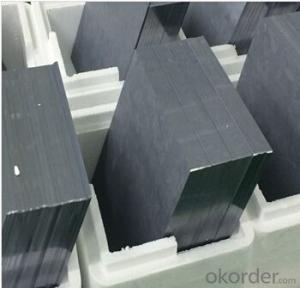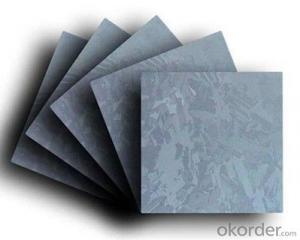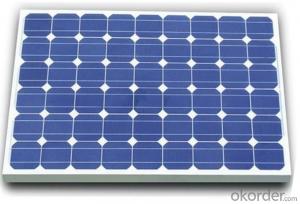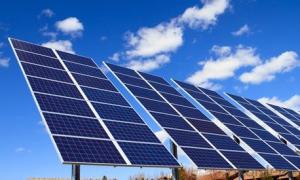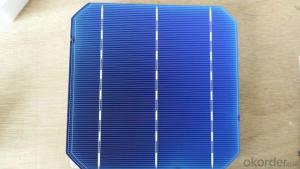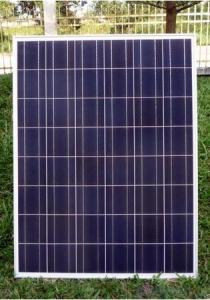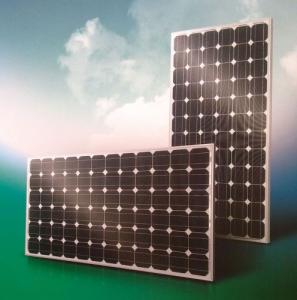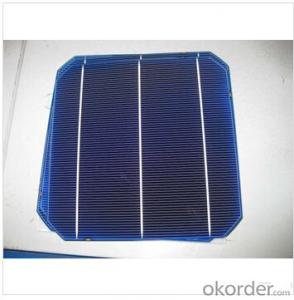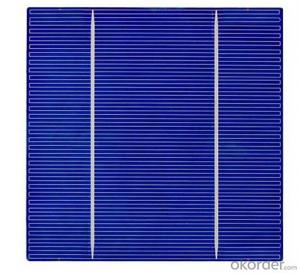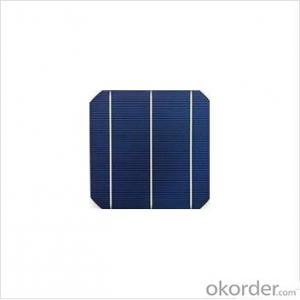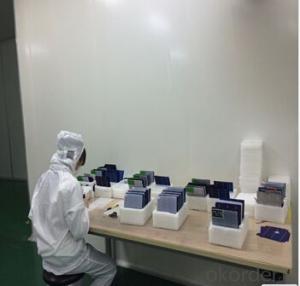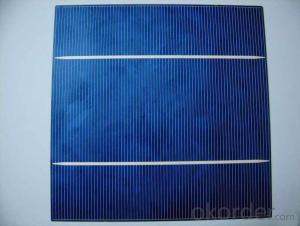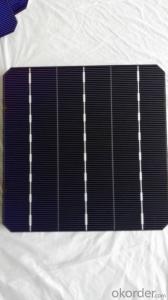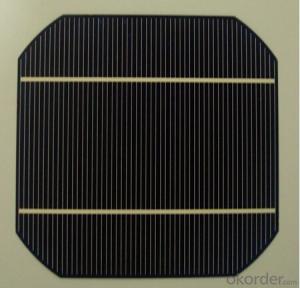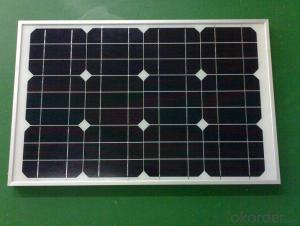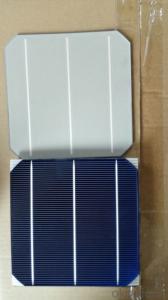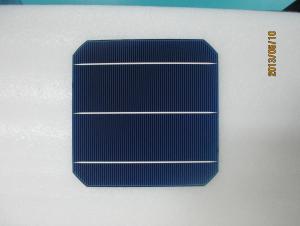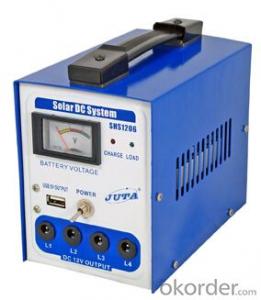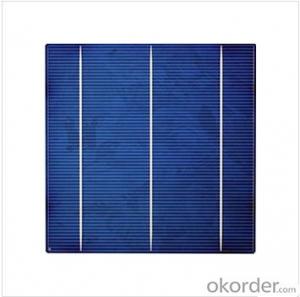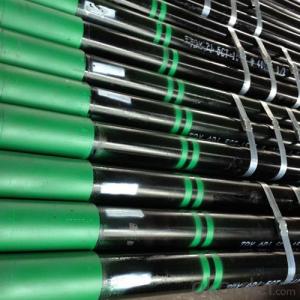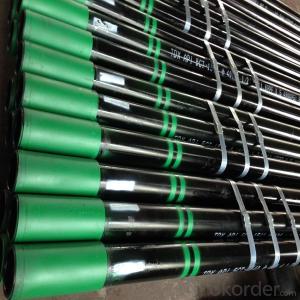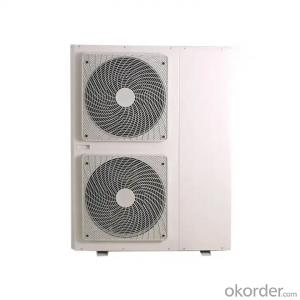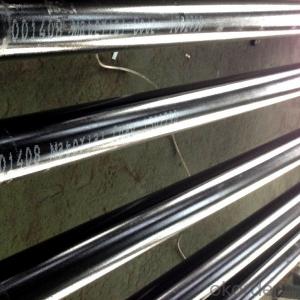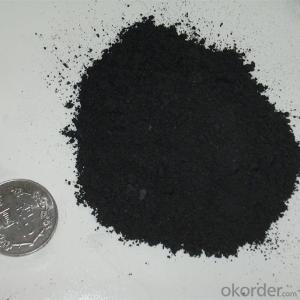6x6 Solar Cells
6x6 Solar Cells Related Searches
3x6 Solar Cells 6x6 Solar Cells For Sale 6x6 Solar Cells Kit 3 5 Solar Cells 60 Cell Solar Module 3d Solar Cells 6kw Solar Inverter 12 Volt Solar Cells Hexagonal Solar Cells Hot Solar Cells 6000w Solar Inverter 6000 Watt Solar Inverter Building Solar Cells Photovoltaic Solar Cells Home Built Solar Cells Buy Solar Cells Flex Solar Cells Lightweight Solar Cells Cheap Solar Cells 6kva Solar Inverter 3d Printed Solar Cells Home Depot Solar Cells Folding Solar Cells High Quality Solar Cells High Temperature Solar Cells Affordable Solar Cells Chipped Solar Cells 2nd Generation Solar Cells High Power Solar Cells 6.5 Kw Solar Inverter6x6 Solar Cells Supplier & Manufacturer from China
6x6 Solar Cells are a type of photovoltaic cell, which are designed to convert sunlight into electricity. These cells are characterized by their 6x6 cm dimensions, making them versatile for various applications. They are widely used in a range of settings, from small-scale residential installations to larger commercial and industrial projects. The 6x6 Solar Cells are known for their efficiency and reliability, making them a popular choice for harnessing renewable energy.These 6x6 Solar Cells are ideal for both off-grid and grid-tied systems, where they can be used to power homes, businesses, and even remote areas without access to traditional energy sources. They are also commonly used in solar-powered devices such as calculators, watches, and other small electronics. The versatility of these cells allows them to be integrated into a variety of systems, making them a valuable component in the growing field of renewable energy.
Okorder.com is a leading wholesale supplier of 6x6 Solar Cells, offering a vast inventory to meet the demands of customers worldwide. With a commitment to quality and customer satisfaction, Okorder.com ensures that the 6x6 Solar Cells they provide are of the highest standard. Their extensive stock allows for quick delivery and competitive pricing, making them a reliable choice for businesses and individuals seeking to invest in solar technology.
Hot Products
